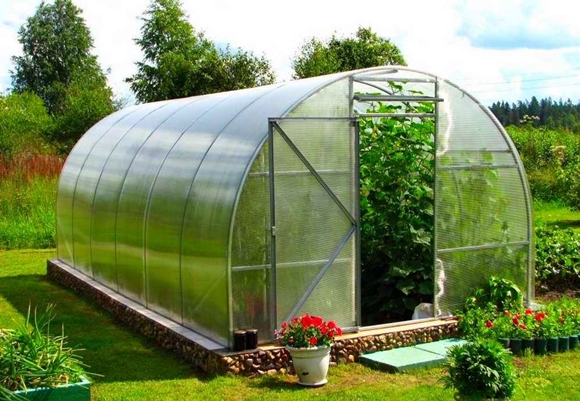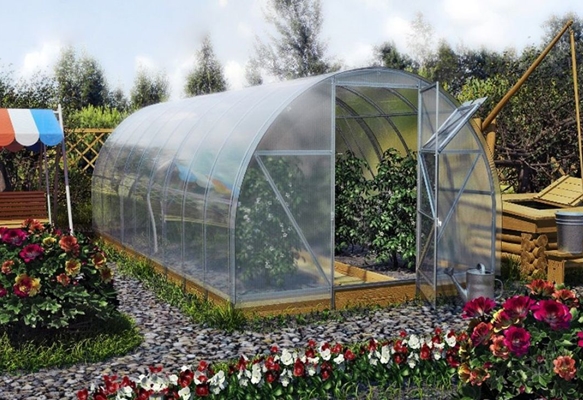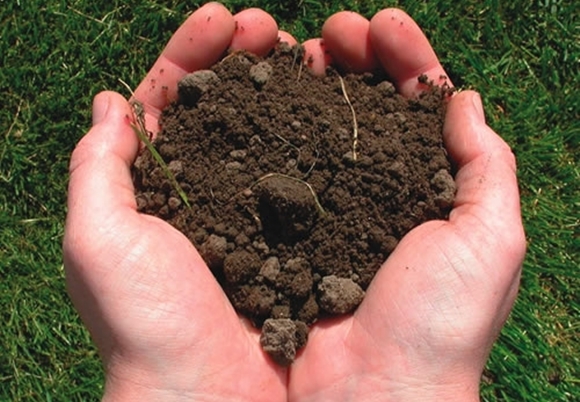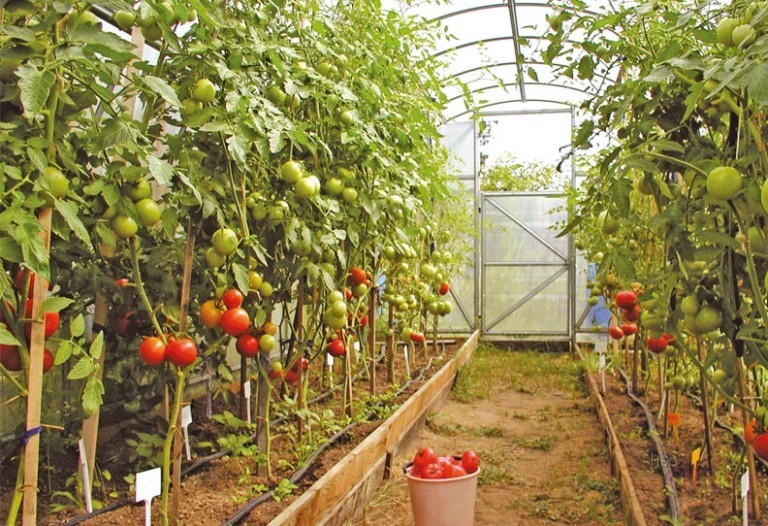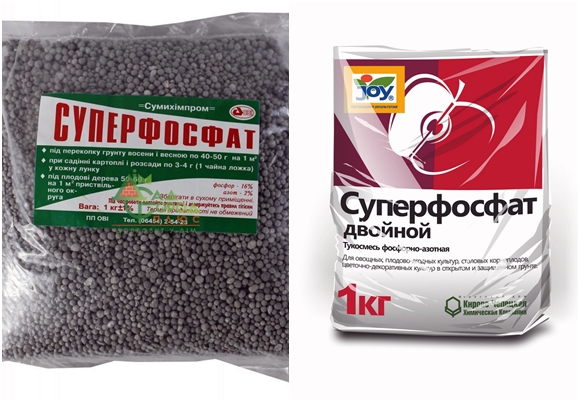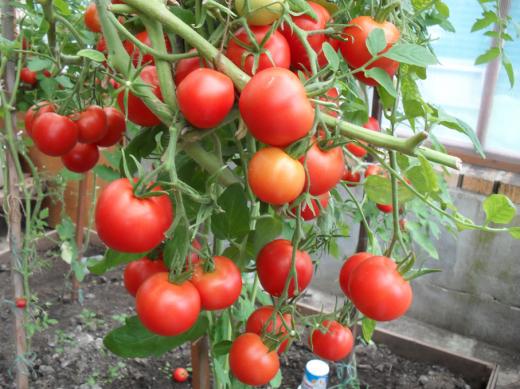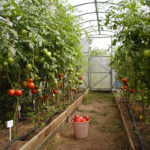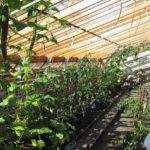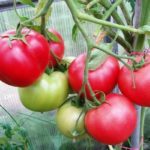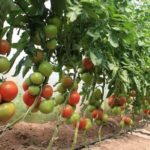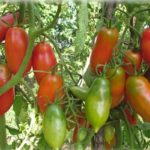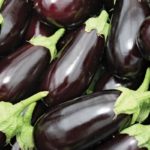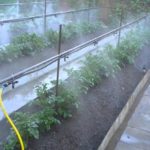Many gardeners pay attention to indeterminate varieties of tomatoes for greenhouses. When designing a greenhouse or greenhouse, you always want to grow something unusual. Large bushes appear bearing unusually large fruits. Domestic breeders have long turned these dreams into reality. Complex hybrid varieties can grow to gigantic sizes in private farming or industrial production.
Definition
Indeterminate varieties have a main difference from their counterparts.The bush has the possibility of almost unlimited growth. This seems fantastic, but in practice we see amazing results. Tall varieties of tomatoes for greenhouses are already growing in favorable conditions in Moldova, Ukraine, and Spain. Many domestic varieties thrive in the greenhouse conditions of central Russia.
Determinate cultures dose growth. After tying a certain number of clusters (usually 4-5), they devote all their efforts to forming fruits. This makes some sense. Many crops produce large tomatoes in a greenhouse due to the proper distribution of natural resources. We usually deal with early determinate varieties; for them, the fundamental factor for rapid growth is the optimization of all processes.
Choosing a greenhouse
There is a wide variety of designs for greenhouses. Each of them has its own characteristics, but in order to grow tall tomatoes, it is best to make a choice in advance.
- Design.
- Height above 2 m.
- Effective area.
- Materials used.
- Price offers.
These are the main questions that arise when designing a greenhouse for a private household. A well-designed greenhouse will help increase productivity. Mobile structures are often used. You can look for a special video on how to grow tall tomatoes in a greenhouse.
Mobile structures have a number of advantages over their stationary counterparts.
- At the end of the season, it is possible to dismantle the structure.
- In the spring, you can change the location of the greenhouse.
This provides an excellent opportunity to competently manage your farm. The soil preparation procedure is simplified; seeds can be sown directly in the greenhouse.And it is best to grow indeterminate bushes using this method. Proper crop rotation is ensured and the amount of mineral fertilizing is reduced. The risk of excessive enrichment of the culture with individual elements is minimized.
The following materials are used as covering for the greenhouse:
- Glass.
- Polycarbonate.
- Polyethylene film.
They all have their advantages and disadvantages.
- Glass is an environmentally friendly material. Indeterminate varieties of tomatoes thrive in such a room. But it may turn out to be unsafe during installation and dismantling of the structure.
- Polyethylene film is free from such disadvantages, but with frequent use it becomes cloudy and does not transmit sunlight well. This is true for both greenhouses and greenhouses.
- Polycarbonate. It has good characteristics as a building material for greenhouses. Typically, blocks with a honeycomb structure are used. They retain heat well and transmit a wide range of sunlight. They are light in weight and easy to install/dismantle if necessary.
Growing tomatoes in a polycarbonate greenhouse is most preferable. When designing a greenhouse for nightshade crops, you can select blocks with certain properties. For example, blocks with color additives filter sunlight and give the crop the opportunity to fully develop. Blue and red light is useful for good development of seedlings and ovaries. This spectrum is especially useful if seeds are sown in a greenhouse. For the formation and growth of fruits - green.
It is best to minimize exposure to ultraviolet radiation. It inhibits the life of the plant. All tomato varieties for greenhouses have delicate leaves that are sensitive to ultraviolet light.
Intense radiation can cause foliage burns.Taking into account the listed design features, you can plan to plant high-yielding tall tomatoes for the greenhouse.
Nuances
It is known that growing tomatoes requires special skills. Modern hybrid varieties do not grow in the wild and require special care. All gardeners know very well that each variety has its own characteristics. When growing a single crop, it is necessary to consider:
- Soil composition.
- Time to plant seeds and seedlings.
- Care.
- Watering and fertilizing schedule.
- Collection, storage, processing of crops.
Soil composition
Indeterminate tomatoes place great demands on soil composition. They need a large amount of nutrients, which can only be obtained with the help of special feeding.
- During the formation of green mass, before the first fruit set, potassium monophosphate is used. This element performs a transport function, transfers beneficial microelements to each plant cell. Promotes normal development of tops. To grow indeterminate tomatoes in a greenhouse, you need good seedlings. It can be distinguished by its strong stem and bright green color of the entire plant.
- Nitrogen begins to be introduced from the moment the fruits form. This promotes their growth. The green mass has already formed, the planted plants devote all their strength to the fruits. The ratio of the main active elements to obtain the largest fruits must be balanced. The nitrogen/phosphorus/potassium ratio is 1:1:1.
- During ripening, the ratio of the main elements changes. In particular, increase the dose of potassium and phosphorus. Potassium provides resistance to disease. Even very large tomatoes have a crumbly structure and a characteristic sweetish taste. The nitrogen/phosphorus/potassium ratio changes to 1:3:9.
The fertilizer application schedule may vary depending on the method of growing indeterminate tomatoes, and vary within small limits. But how to grow plants and form the necessary sequence of fertilizing. Typically, the recommended amount of nutrients is applied every 10 to 15 days. A certain planting pattern must be planned so that there is free access to the bushes for adjusting nutrition.
It is important not to overfeed the plant; an excess of fertilizers will lead to the accumulation of elements in the fruits, and they will become unedible.
Watering
Hybrid tomatoes love plenty of watering. Water dissolves various microelements and promotes vital chemical reactions. A well-designed planting scheme involves:
- Access to water for every plant.
- Eliminates its accumulation at the end of the bed.
- Prevents moisture from getting on the stems or leaves of the plant.
By following these three simple rules, you can get tall bushes with good yield.
It is recommended to design the greenhouse structure with special plastic pipes. Small shapers are inserted into them, which supply water to each bush. Accordingly, the bush planting scheme is developed taking into account the nuances of watering. The pipes are easy to assemble/disassemble if necessary.
Sometimes you can treat crops with sprinkling. This will wash away any accumulated dust or dirt from the foliage. I design the height of the greenhouse and plant plants with this in mind. After sprinkling, the crop comes to life, the process of photosynthesis accelerates, and growth accelerates.
It is best to carry out this procedure in the evening so that the morning or midday sun does not burn the delicate greenhouse foliage.
Indeterminate bushes can be grown until late autumn. Before the first frost, it is necessary to drain the water from the pipes.It expands when frozen, which can damage the plastic. The finished pipes are dismantled and laid in a specially designated room. It is advisable to protect them from sudden temperature fluctuations.
If individual watering is not provided, then the tomatoes in the greenhouse can be watered with a hose. The main thing is that mineral fertilizers applied using the dry method are not carried over the beds by the flow of water. This can lead to starvation of some plants, due to excessive consumption of minerals by others. We get the effect of an unbalanced diet; tomatoes grown in this way will differ in their taste, product or other characteristics.
Fertilizers
It is recommended to be especially careful when feeding hybrid crops. All large-fruited crops are not overly modest and happily eat the proposed elements:
- Excess nitrogen. Leads to intensive growth. It would seem that it should have the best effect on the development of bushes. This doesn't actually happen. The incidence of illness is increasing. The foliage is suffering. The petioles bend. The edges of the leaves turn yellow.
- Excess phosphorus. The metabolism of hybrids occurs more intensively than that of conventional varieties. Hybrid large-fruited plants can literally be poisoned by phosphorus. The foliage suffers and the crop ages. The ends of the leaves gradually turn black.
- Excess potassium. Noticeable by lengthening of internodes, lightening of foliage, and delayed development. All this leads to the development of necrosis and loss of leaves. Large-fruited plants especially suffer from this; they need normal metabolism for full development.
- Excess magnesium. The color of the foliage becomes richly dark.The leaves curl, elongate at the edges, and die. All interdeterminate varieties react to this by reducing yields and dropping fruits. In some cases, the crop may die.
- Excess calcium. Stimulates enhanced growth. Unformed bushes with a lack of other elements are unable to cope with such a load. Indeterminate varieties, tall for greenhouses, will respond to such stimulation by explosive growth of tops, which will lead to rapid wilting.
It is best to apply fertilizer individually, at the root of each plant. Use balanced formulations:
- Ammophos.
- Nitroammophos.
- Diammophos.
Unbalanced fertilizers
These types of fertilizers are usually used after careful study of the growth characteristics of the crop. Here are some of the names that are widely used in all regions of the country.
For feeding with phosphorus:
- You can apply simple superphosphate. Contains about 20% useful element. In extreme cases, double superphosphate is used, the element content is about 45%.
To add potassium use:
- Potassium sulfate.
- Potassium sulfate.
Nitrogen-containing fertilizers:
- Ammonium nitrate.
- Urea.
- Ammonium sulfate.
What to do if you overfed
Of course, you are unlikely to be able to remove the applied fertilizers from the soil mechanically. But you can always save the best varieties from excess elements with the help of intensive watering. Water will reduce the concentration of substances, which will save the crop. But at the same time, you will have to re-coordinate the feeding scheme and create a new schedule.
Which variety to choose
When planning a planting plot, every gardener dreams of choosing the best varieties of various crops.The desire is understandable; obtaining high yields is one of the main goals of vegetable growing. But there are many factors to consider when purchasing seeds. Many varieties of tall tomatoes give an excellent harvest in some regions, and absolutely do not take root in others.
Among the popular mid-early varieties of central Russia are:
- Watermelon.
- Verlioka.
- Scarlet Mustang.
- Commissar.
Many ultra-early varieties of tomatoes for greenhouses have taken root on vegetable growers’ plots:
- Sweet bunch.
- Banana.
- Poznan.
- Mandarin duck.
Many tall tomato varieties for greenhouses bear fruit in the harsh conditions of Siberia. If you create greenhouse conditions for development, then lighting becomes one of the main factors. The short summer is not conducive to planting late varieties. But the super early ones showed themselves perfectly in the extreme conditions of a short summer.

